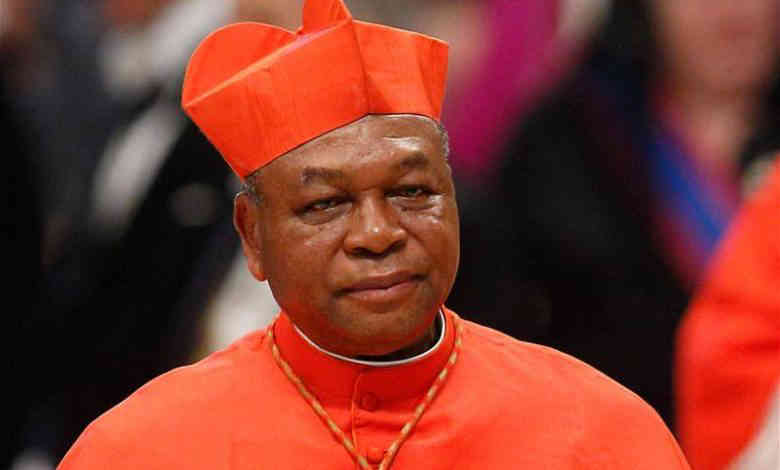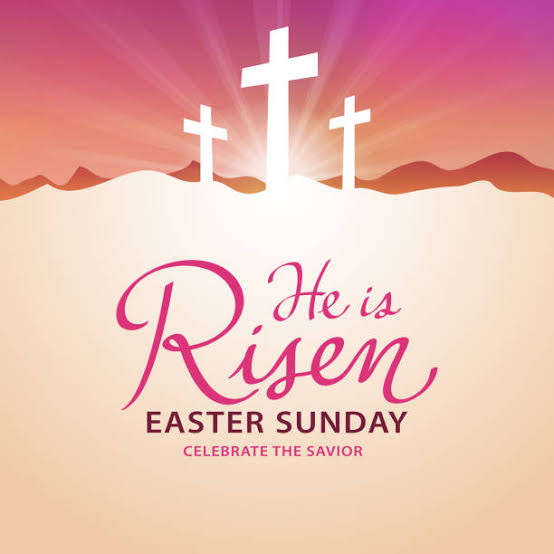All Saints Day: A Catholic Holy Day Honoring Saints
November 1st is All Saints Day, a significant observance in the Roman Catholic calendar.
It is a day dedicated to honoring all the saints of the church who are believed to have attained heaven.
For Catholics in Ohio, it is also a Holy Day of Obligation, meaning that the faithful are expected to attend Mass.
Key Facts about All Saints Day:
Origins: All Saints Day is an ancient holy day in the Roman Catholic tradition, officially established by Pope Boniface IV in 609 A.D., along with All Souls’ Day, which commemorates and honors all the deceased.
Ash Wednesday references in the bible, origin and significant
Tradition: The day celebrates everyone who has entered heaven, including saints officially recognized by the Church and those who are not.
Saints: Saints are individuals in heaven, whether canonized by the Church or not, who lived virtuous lives, sacrificed for others, or were martyred for their faith. They serve as examples for the faithful.
Numbers: The Roman Catholic Church recognizes over 10,000 saints from around the world.
Attendance: All Saints Day is a Catholic Holy Day of Obligation, requiring healthy Catholics to attend Mass. Most Catholic parishes offer one or more Mass services on this day.
What is Easter? Origin, Happy Easter Wishes,all you need to know
Other Christian Denominations: While Catholics observe All Saints Day, other Christian denominations, including Lutherans, Anglicans, and Methodists, also celebrate this holy day.
All Saints Day Difference from All Souls’ Day: All Saints Day and All Souls’ Day, both celebrated in early November, are part of a two-day observance related to the Communion of Saints. All Souls’ Day, which takes place on November 2nd, is dedicated to commemorating and honoring all the deceased but is typically not considered a Holy Day of Obligation in the United States.
It’s a day for Catholics to reflect on the lives of saints, seek inspiration from their virtues, and remember the promise of heaven for those who have lived virtuously
Assumption Day: 20 things to know about Blessed Virgin Mary Assumption
Canonization Process Explained: A Guide for All Saints’ Day
November 1 marks the solemnity of All Saints, more commonly known as All Saints Day, when the Catholic Church commemorates all individuals who have achieved eternal life with God in heaven. While the Catholic Church formally acknowledges thousands of saints, the process of declaring someone a saint has evolved and refined over the centuries, from the earliest days of Christianity to the present.
Early Church’s Local and Bishop-Led Canonization
During the early centuries of the Christian communities, the Church was in its infancy, decentralized, and often subjected to persecution. In these years, formal procedures of the Church were developed somewhat independently.
According to the U.S. Conference of Catholic Bishops (USCCB), there was “no formal canonical process as understood by today’s standards” in the first 500 years of the Catholic Church. It was in the sixth century that the local bishop’s intervention was required for canonization. Local Christians would request their bishop’s involvement in assessing the sainthood of a departed faithful.
The bishop would thoroughly examine the request and the candidate’s biography. If the request was deemed favorable, the bishop would issue a decree, authorize the liturgical cult, and thereby canonize the individual.
As time passed, the process grew more structured. Starting in the 10th century, the bishop would collect eyewitness testimony from those who had known the candidate and witnessed miracles associated with them. The entire petition would then be sent to the Pope, who would make the final decision. The first official papal canonization was that of Swiss bishop St. Ulric in 993, by Pope John XV.
This process remained consistent for several centuries. In the late 1500s, Pope Sixtus V established the Congregation for Sacred Rites, which assisted the Pope in reviewing canonization causes. This process remained largely unchanged until 1917 when the universal Code of Canon Law was promulgated. In 1983, a new promulgation updated the code that is still in effect today.
The Modern Three-Stage Canonization Process for Saints.
The current canonization process in the Catholic Church involves three stages:
Stage One: Church authorities begin by examining the life of a candidate for sainthood. This process typically starts at least five years after the candidate’s death and is initiated at the diocesan or eparchial level. After receiving a petition and obtaining permission from the Holy See, the bishop convenes a tribunal to investigate the candidate’s life or potential martyrdom.
Witnesses are called, and documents related to the candidate are gathered and scrutinized. The diocese then sends its report to the Dicastery for the Causes of Saints, where theologians vote on whether the candidate lived a heroic life or suffered martyrdom.
If the vote is favorable, the prefect of the dicastery presents the results to the Pope, who can declare the candidate either Venerable (for a virtuous life) or Blessed (if they were martyred).
Stage Two: A Venerable is beatified when a miracle is attributed to their intercession, which must be proven through a canonical investigation. Upon beatification, a Venerable receives the title of Blessed. This title is automatically granted to a martyr upon confirmation of their martyrdom.
Stage Three: A Blessed is officially canonized when another miracle is attributed to their intercession and occurs after their beatification. Canonization permits the public veneration of the saint by the universal Church.
The most recent saints canonized by the Church are Sts. Artemide Zatti and Giovanni Battista Scalabrini, who were enrolled among the saints by Pope Francis in October of the previous year.
This All Saints Day, as the Catholic Church celebrates the communion of saints, the process of canonization serves as a testament to the enduring recognition of those who have led lives of extraordinary virtue and faith.









